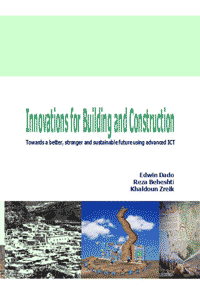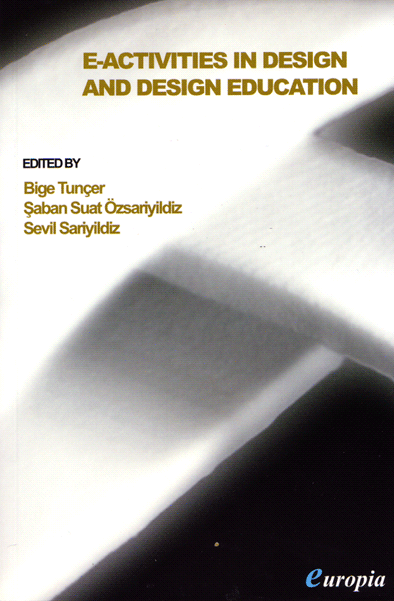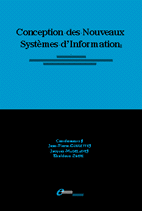Working with the web: Networked applications
Common libraries for networked engineering applications. R. Tuttle, B. Regli, G. Little, D.E.R. Clark and J. Corney
The VRML model of the city of Bath V. Bourdakis and A. Day
An integrated traffic information system. T. Preuss and J.-H. Syrbe
Shared information system for urban and architectural design L. Caneparo
Communication in distributed statistical frameworks for historic building documentation: The Abbey of ValmagneR. Warden and G. Vasquez de Velasco
CAD On-line R. D. Coyne and J. Lee Working with the web: Innovation and technology
A method for organising and sharing architectural project information in the WWW S. Ofluoglu and L. N. Kalisperis
.Designing learning environments using java. K. W. Pang and E. A. Edmonds
A web-based design support environment for knowledge discovery and machine learning C. Branki, A. Bridges, A. Wallis and I. Aird
Ways of aiding navigation in VRML worlds. D. Charitos and P. Rutherford
Multilevel representations of architectural designs A. Koutamanis
e-maill@simultaneous.design : A network aid for design project management A. Roussel and K. Zreik The web in practice: Education in cyberspace
The tex-mex virtual design studio. G. Vasquez de Velasco and J.J. Trigo
Networked based decision support for building design M. Burry and M. Smithers
Digital design: students communicating experiential spatial qualities in a networked computing environment J.B. Burley, D. Megza and A. Bauer The web in practice: The emerging webculture
HQ video conferencing and its application to the teaching of architecture. M. Lindsay and M. Grant
Sedimented practices of `reading' design descriptions: from paper to screen. C. Tweed
The architect's role in the information age. N. Rossis
Collaborative design by discovery and the web. C. Peng
Method DTN: Design on the net. Y. Reze
A cyberspace in time. P. Szalapaj and J. C. Filho
A virtual monoculture of visual communication. S. Newton and J. Shi
Design, information and the superhighway: roadworks ahead? M. Ramscar and J. Lee
















